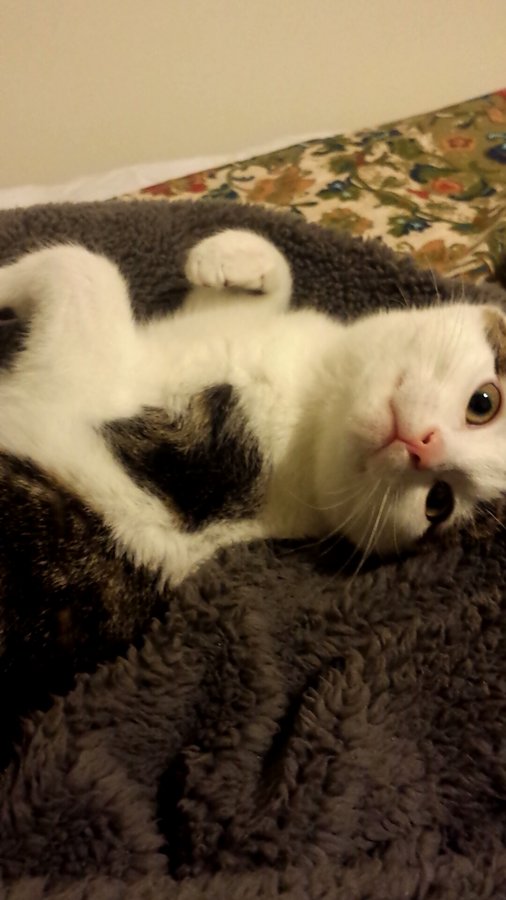Hi everyone. I recently got a kitten and I immediately bought her a scratching post. However my parents are thinking of declawing her because they think that she will scratch up our expensive leather furniture. I'm against it but because they have heard that cats always scratch up furniture regardless, they want to get it done for her. Can anyone give me any advice on how to solve this? And does anyone know if cats always scratch up furniture regardless of scratching posts? Please, any answer will help.
A picture of Juneau.
A picture of Juneau.





